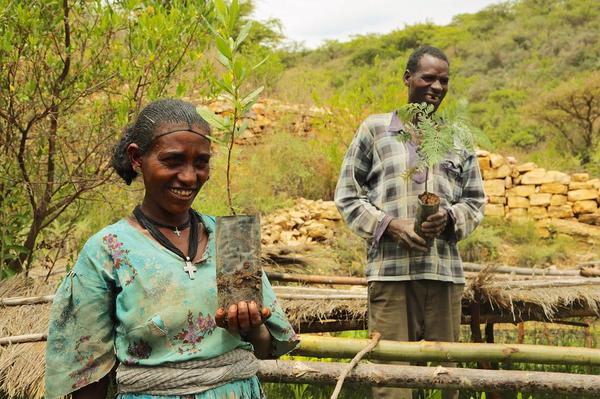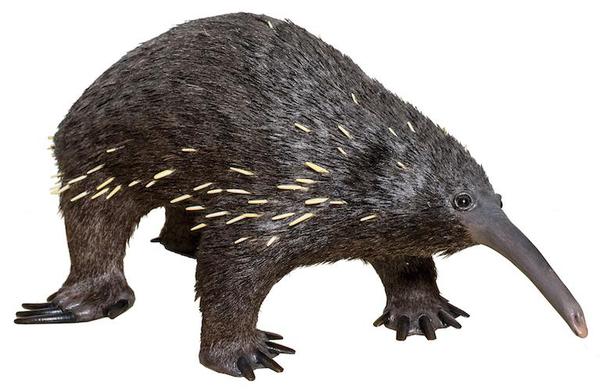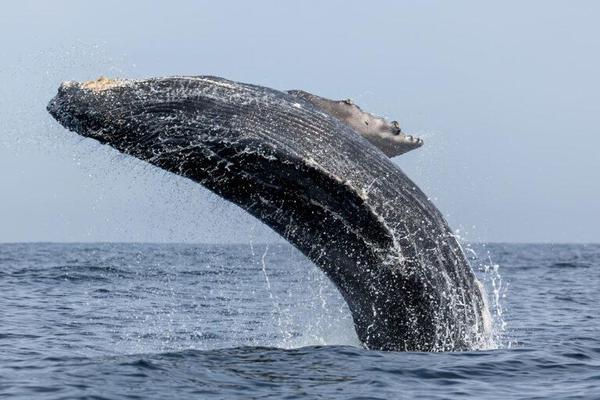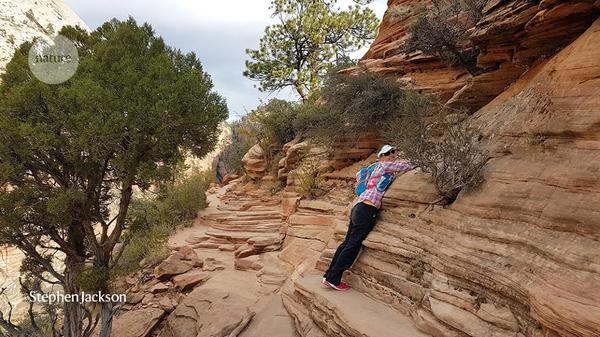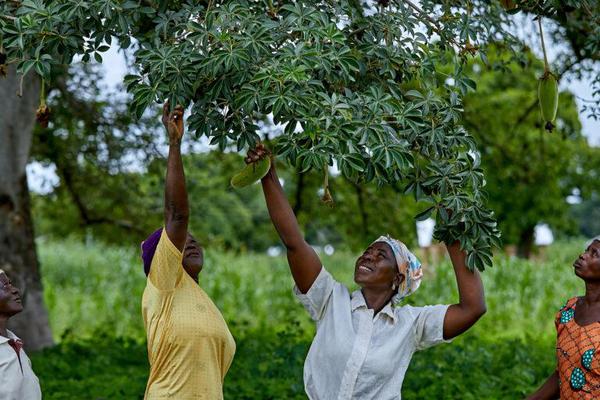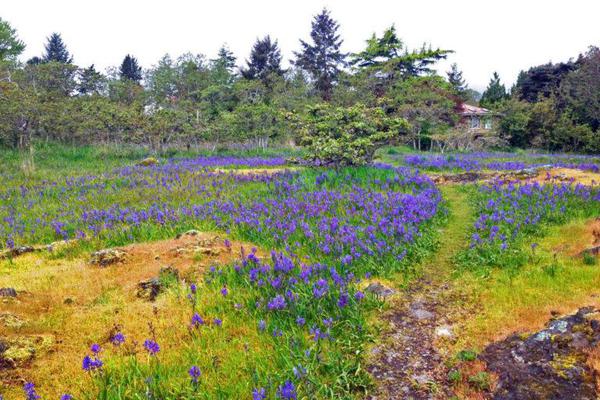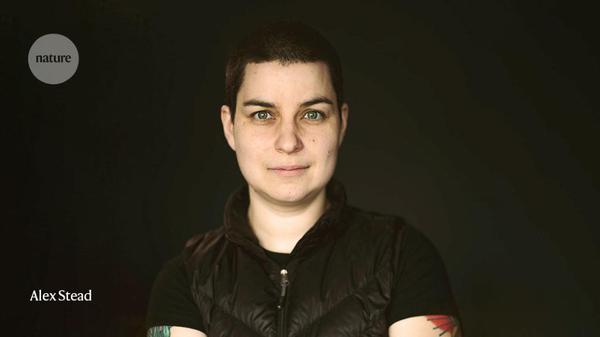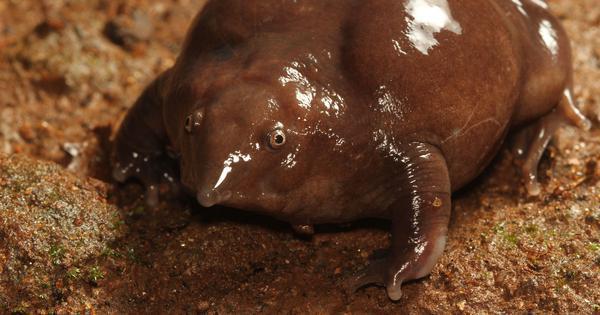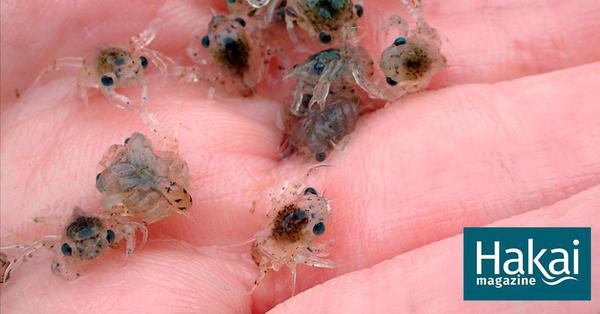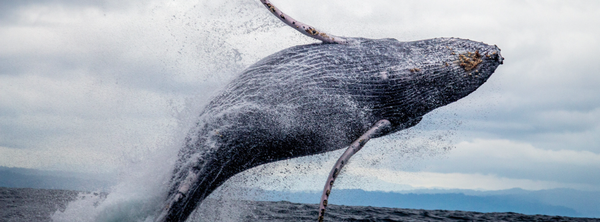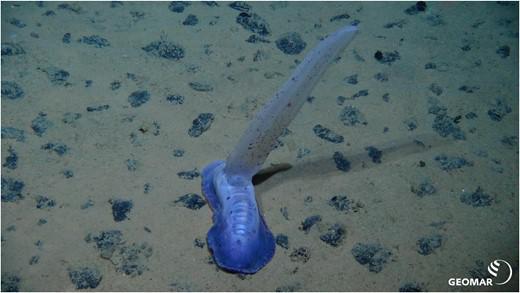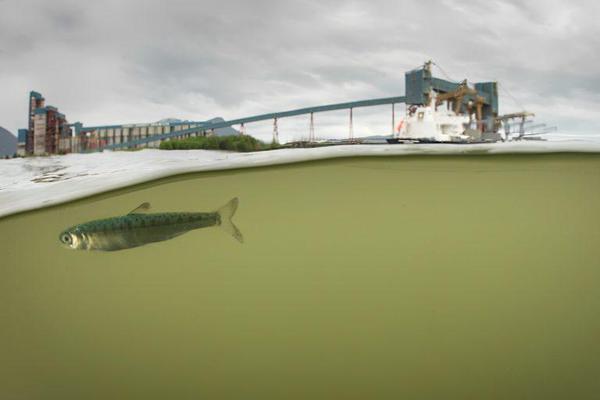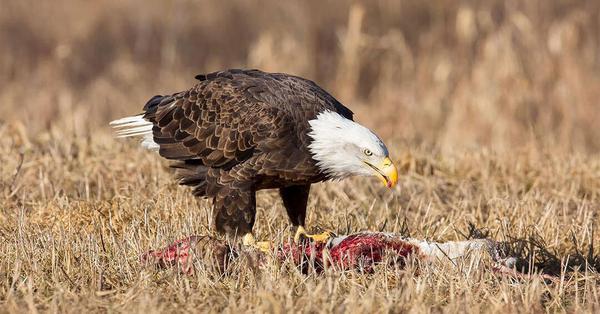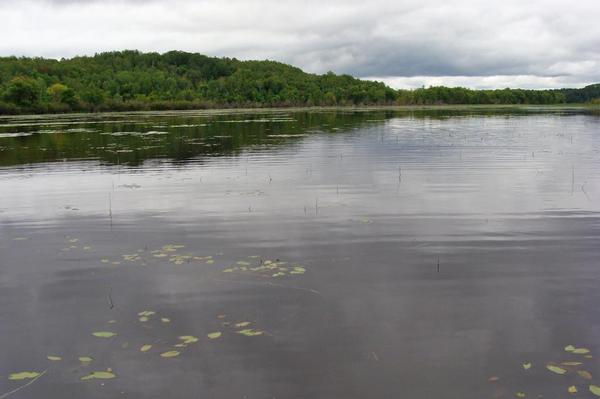
Culture and conservation thrive as Great Lakes tribes bring back native wild rice
In the late summer of 2023, thick stands of wild rice stood tall and shimmered gold in some of Lac du Flambeau’s lakes. The plant has been virtually absent in these lakes for decades, so for Joe Graveen, the sight of grain-filled stalks was a thing of joy, he says. As the wild rice program manager for the Lac du Flambeau Band of Lake Superior Chippewa Indians, a tribal band in northern Wisconsin, Graveen was seeing the fruits (or grains, literally) of hard work he and his tribe’s members had put
